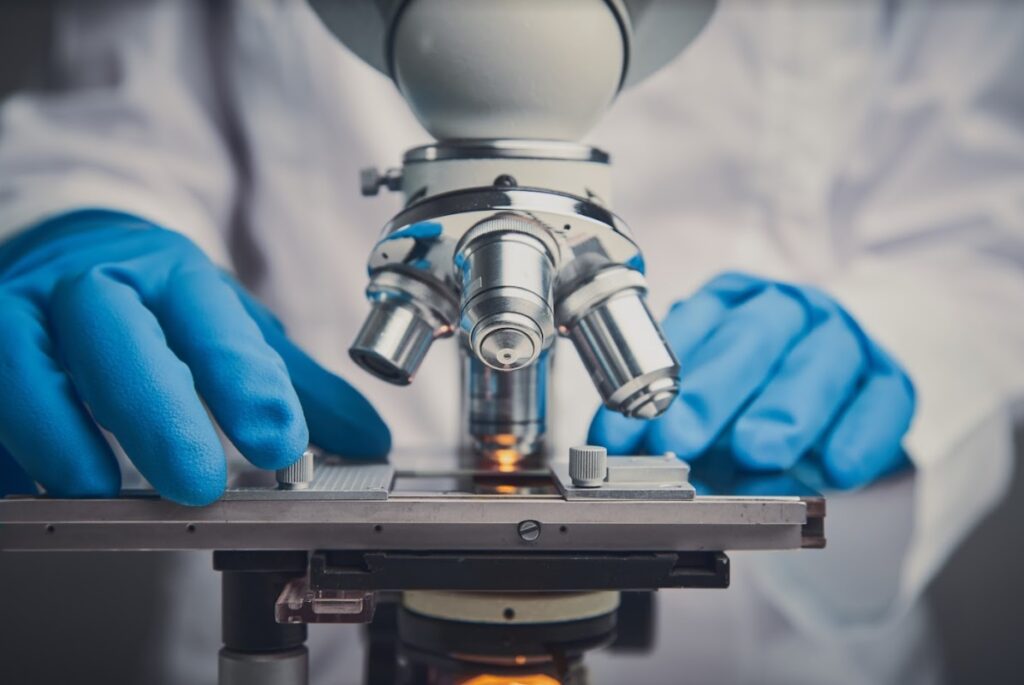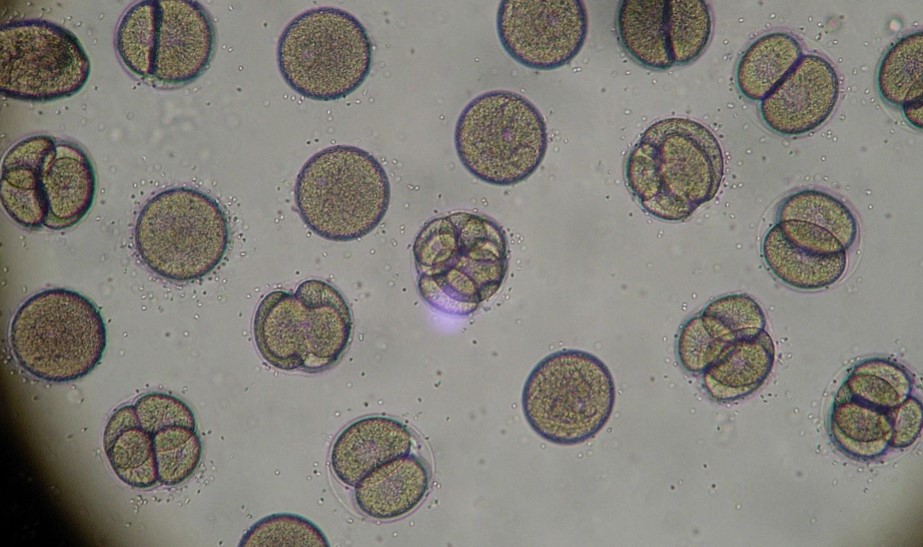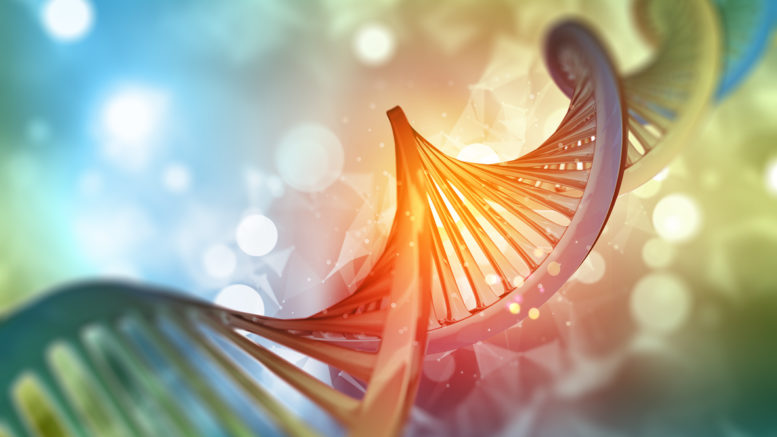Our DNA has long intrigued scientists since it was discovered in the 1800s by Friedrich Miescher, a chemist from Switzerland. Since that time, researchers have studied our genetic code to understand what makes us who we are, from our hair and eye color to our many flaws, including illnesses and disease. Today, this research has come on leaps and bounds, and we can alter genetic material to influence the traits of biological entities. This ranges from crops to animals and even humans. Of course, there are many ethical restrictions for this and plenty of debate surrounding the topic. But what does the future of genetic engineering look like? And how can you get involved to learn more about it?
What Are Genetics?
More specifically, a gene carries all of the vital information which dictates what sorts of traits and physical characteristics you’ll have. These vessels of information are so small that every cell in your body, of which there are well over 30 trillion on average, has between 25,000 to 35,000 genes within them. You inherit genes from your parents, and this is why we share certain physical traits and features with our parents, grandparents, and siblings. Genes are located on chromosomes that come in pairs. If there are any defects to these chromosomes, missing chromosomes or extra ones, this will cause genetic defects, many of which can be severe, showing that the balance of our genetics is a precise one.
What Is Genetic Engineering?
This is the process of editing gene sequences to change a living organism’s traits. For example, this could be a vegetable, a rat, or even a human being. The ethical constraints of editing this information have made it highly restrictive for human tests, but scientists have successfully changed the genomes of animals and plants. We’ve been editing the genetic make-up of fruits and vegetables for years now, with many of these foods being readily available for public consumption. There are so many possible uses for genetic engineering, from medical purposes to agriculture and everything in between.
What Else Can Genetic Engineering Change?
There are limitless possibilities in the world of genetic engineering. For agriculture, the process of altering gene sequences can help society to have more access to food to meet the extra demand, a generally higher quality of crops, including those that aren’t impacted by pesticides and herbicides, as well as the potential for better nutritional values of our food. Elsewhere, it can also be used to change the genes within viruses for health treatments. This gene therapy essentially involves infecting a patient with an altered virus to deliver certain genes into their system to help cure genetic diseases. However, there have also been cases of the misuse of genetic engineering, most notably the CRISPR baby scandal, where He Jiankui revealed that his twin girls had modified genomes.

What Is CRISPR?
This fascinating technology can edit genes by locating particular DNA strands within our bodies and subsequently editing that DNA. Compared to other forms of gene editing, CRISPR is much quicker and precise, and while it’s not yet perfect, it’s hailed as a major breakthrough within the field of genetics. CRISPR could be the thing that remedies many health problems in the future, even those that are generally seen as incurable. There are many CRISPR courses online for those with a deep interest in the topic. Harvard Online offers CRISPR introduction courses for members of the public to learn about gene editing.
Where Did Genetic Engineering Come From?
Two people attributed to the first efforts of genetic engineering are Stanley Cohen and Herbert Boyer. In 1973 these biochemists showed that it’s possible to break apart the DNA of bacteria and splice it with different fragments. This bacteria was then able to reproduce and function with its new genetic composition normally. Of course, humans have dabbled with primitive genetic engineering in the form of dog and livestock breeding to encourage desirable traits, but this was the first recorded time that the DNA of a cell was directly altered successfully.
What Are Genetically Modified Foods?
We tend to refer to these as genetically modified organism foods or GMOs. These are essentially plants that are genetically altered to provide positive traits that can help the growth process maximize crops’ yield. Most commonly, GMOs are created to repel specific pests. Farmers no longer have to worry about spraying harmful pesticide chemicals over their fields to prevent them from being eaten. Further research is also being done into altering the nutritional values of GMOs, providing the public with extra health benefits to consuming these foods. Currently, the only people who benefit from the world of GMOs are farmers who can now turn a higher profit due to having fewer dead crops and the scientists themselves who have developed these GMOs in the first place.
Genetically Modified Animals
There are some instances where certain animals have been genetically altered during research to see the extent of what we can change within DNA. There are numerous cases where scientists added bioluminescent genes from a jellyfish to several different animals. These animals now actually glow in the dark due to these tests. This wasn’t merely done for aesthetic purposes, however. This research helped scientists identify ways in which our genes can become damaged and trigger fatal human illnesses, or help them monitor the impact of certain diseases, providing a better understanding of them in both humans and animals.

The Ethics Of Editing Our DNA
As with any scientific breakthrough, many within the general public are fearful, usually due to a lack of understanding of the subject. However, there are some valid ethical concerns about the future impact of changing these sorts of things within our bodies. To be certain there would be no issues, extensive testing is needed to ensure that problems don’t arise later on in our lives. This, unfortunately, could mean that we would need to test for a few centuries across multiple generations to have a good idea as to whether or not there are any health risks. There is also the concern that any potential issues it could cause would also be passed down to future generations. Some people oppose these types of research on the grounds of religious beliefs.
Theories On The Future Of Genetic Engineering
So, where could genetic engineering take us? Theoretically, depending on how our ethical concerns change and how much safer we can ensure genetic engineering, we could improve many things about humanity. For a start, we could entirely eradicate genetic diseases and ailments from babies before they’re born. Eventually, we could get to a stage where genetic diseases are a thing of the past. However, there are some other valid ethical issues that many worry about. Being able to alter everything from hair color to intelligence opens the doors for the privileged of society to pay higher amounts of money for stronger, far superior bloodlines compared to the rest of society, giving them even more unfair advantages in life. Strict regulation is highly supported by many in this field and across society in general to prevent these issues.
